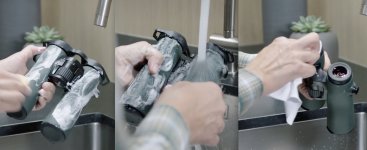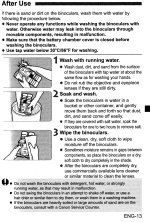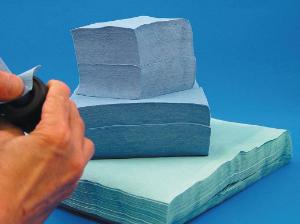John A Roberts
Well-known member

Swarovski has just posted a short video, showing how to clean an NL binocular, using the provided brush and bar of soap.
See at: ✔️ How do I clean my rifle scope correctly? 🧼🧽 ✔️ Where can I find more information about my product? 📚 ✔️How can I send my binoculars for repair? 🧰🔧 In our latest article you will find the answers to exactly these questions - and more: 💡 https://swarovs.ki/YY9D #closer2hunting #seetheunseen | SWAROVSKI OPTIK Hunting |
You might need to click a couple of times to get it started.

Taking into account the generous use of running water to wash the soap away,
running water might provide a quick fix for some complaints about focusers becoming stiff or uneven due to picking up grit or other debris (?)
- though of course not using water as a high pressure jet to attempt to blast the problem out!
John
See at: ✔️ How do I clean my rifle scope correctly? 🧼🧽 ✔️ Where can I find more information about my product? 📚 ✔️How can I send my binoculars for repair? 🧰🔧 In our latest article you will find the answers to exactly these questions - and more: 💡 https://swarovs.ki/YY9D #closer2hunting #seetheunseen | SWAROVSKI OPTIK Hunting |
You might need to click a couple of times to get it started.

Taking into account the generous use of running water to wash the soap away,
running water might provide a quick fix for some complaints about focusers becoming stiff or uneven due to picking up grit or other debris (?)
- though of course not using water as a high pressure jet to attempt to blast the problem out!
John













